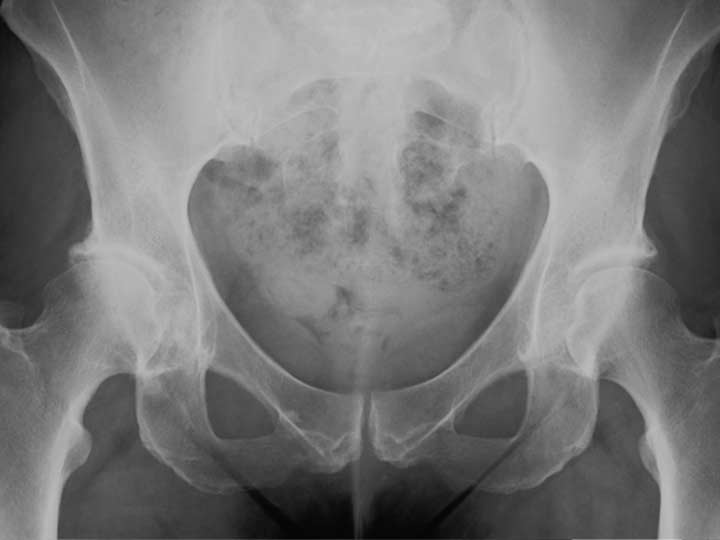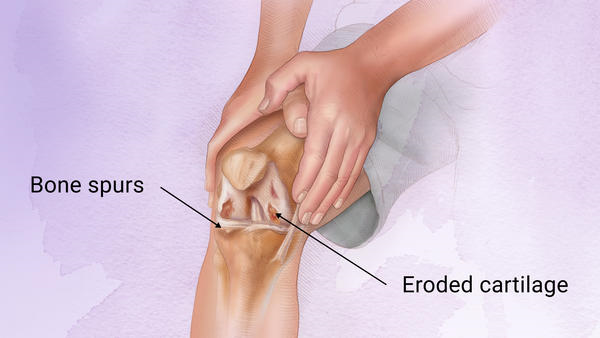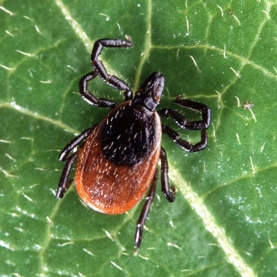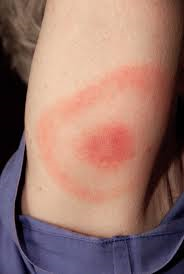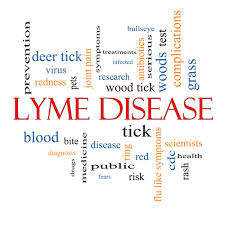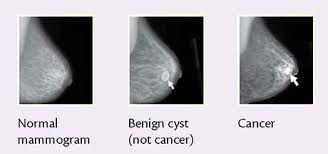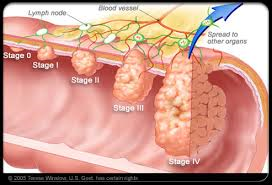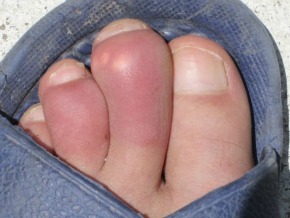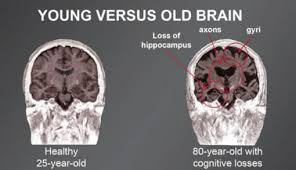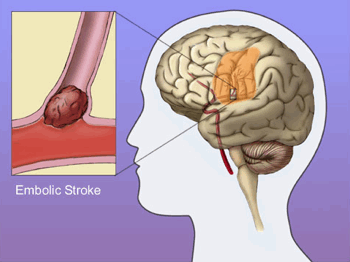A slow-release peppermint oil (IB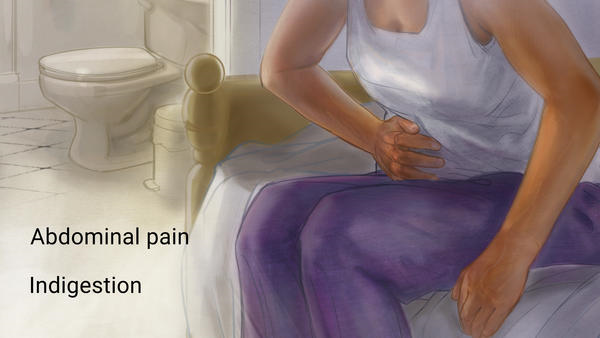 gard) appeared to significantly reduce severe abdominal symptoms of irritable bowel syndrome (IBS), researchers said here.
gard) appeared to significantly reduce severe abdominal symptoms of irritable bowel syndrome (IBS), researchers said here.
At 28 days, the number of severe and unbearable symptoms was reduced by 66% among patients taking peppermint oil compared with a reduction of 42% among patients on placebo, reported Brooks Cash, MD, of the University of South Alabama in Mobile, and colleagues.
When patients with severe or unbearable abdominal pain took peppermint oil, they reported a 79.4% reduction in symptoms while placebo patients reported a 40.2% reduction in symptoms after 4 weeks of therapy, they stated in a poster presentation at the Digestive Disease Week annual meeting.
“I have begun to prescribe this peppermint oil formula for my patients with irritable bowel syndrome,” Cash told MedPage Today. “We had no discontinuations in either the placebo or the active ingredient arm of the trial due to problems with the agents. In fact, we had some patients who, 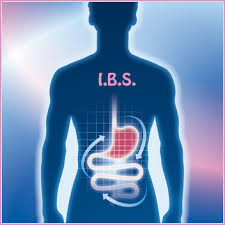 after completion of the trial, told me they wanted to continue the treatment. We had a lot of positive feedback from the patients.”
after completion of the trial, told me they wanted to continue the treatment. We had a lot of positive feedback from the patients.”
Cash said that, even after 24 hours treatment, treatment with peppermint oil began to show an impact in symptoms. There was a 21% reduction in symptoms with placebo and a 30% reduction in symptoms with peppermint oil, he and colleagues reported.
Source: Medpage Today

